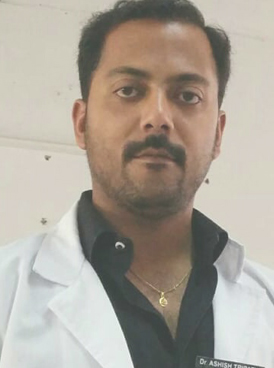
Fight periodontal disease with minimally invasive local drug delivery - eliminate bacteria with sustained release of antimicrobial agents directly into periodontal pockets.
Periodontal disease is a chronic inflammatory condition that affects the supporting tissues of the teeth, including the gums, ligaments, and bones. The primary cause of periodontal disease is bacterial plaque that accumulates on teeth and gums, leading to inflammation and destruction of the surrounding tissues. Periodontal disease is a common oral health problem that affects millions of people worldwide. Treatment of periodontal disease typically involves mechanical debridement (scaling and root planing) to remove the bacterial plaque and reduce inflammation.
Local drug delivery involves the placement of antimicrobial agents directly into the periodontal pockets to eliminate the bacteria that cause periodontal disease. This method allows for high concentrations of the medication to be delivered to the infected site while minimizing systemic side effects. These agents can be delivered in various forms, including gels, chips, and fibers. The goal of local drug delivery is to provide sustained release of the antimicrobial agents over a period of time, allowing for continuous exposure to the bacteria and a higher concentration of the agent at the site of infection.
There are several different types of antimicrobial agents that can be used in local drug delivery for periodontal disease. The most commonly used agents include antibiotics such as doxycycline and minocycline, as well as antiseptics such as chlorhexidine. Antibiotics are used to target specific bacteria associated with periodontal disease, such as A. actinomycetemcomitans and P. gingivalis. These agents have been shown to be effective in reducing the bacterial load in the periodontal pockets and promoting healing of the gum tissue.
Local drug delivery can be achieved through various methods, including subgingival irrigation, direct injection, and placement of antimicrobial agents into periodontal pockets. The type of delivery system used depends on the severity of the periodontal disease and the location of the periodontal pockets. In general, gels are used for shallow pockets, while chips and fibers are used for deeper pockets. Subgingival irrigation involves the delivery of antimicrobial agents into the periodontal pocket using a syringe and needle or a specialized device. Direct injection involves the injection of antimicrobial agents directly into the periodontal tissues. Placement of antimicrobial agents into periodontal pockets involves the use of medicated gels, chips, or fibers that are placed directly into the pocket and allowed to dissolve over time.
The use of local drug delivery for periodontal disease has become an increasingly popular treatment option in recent years. This is due to the fact that local drug delivery is minimally invasive and can be highly effective in reducing the bacterial load in the periodontal pockets.
Additionally, local drug delivery can provide sustained release of the antimicrobial agents over a period of time, allowing for continuous exposure to the bacteria and a higher concentration of the agent at the site of infection. However, it is important to note that local drug delivery is not a substitute for proper oral hygiene and regular dental visits. Maintaining good oral hygiene habits and scheduling regular dental cleanings and exams are essential for preventing and treating periodontal disease.
One of the advantages of local drug delivery is that it can be used in conjunction with other periodontal therapies to achieve optimal results. For example, local drug delivery can be used in combination with scaling and root planing to achieve better outcomes than either treatment alone. Additionally, local drug delivery can be used as a maintenance therapy to help prevent the recurrence of periodontal disease.
It is important to note that local drug delivery is not a substitute for proper oral hygiene and regular dental visits. Maintaining good oral hygiene habits and scheduling regular dental cleanings and exams are essential for preventing and treating periodontal disease. Additionally, local drug delivery is not suitable for all patients, and its use must be carefully evaluated by a dental professional.
Overall, local drug delivery is a valuable tool in the management of periodontal disease, particularly in cases where mechanical debridement alone is not sufficient to control the infection. Consult with a dental professional to determine if local drug delivery is an appropriate treatment option for your periodontal condition.
In conclusion, local drug delivery is an effective and minimally invasive treatment option for periodontal disease. It involves the placement of antimicrobial agents directly into the periodontal pockets to eliminate the bacteria that cause periodontal disease. When used in conjunction with other periodontal therapies and good oral hygiene habits, local drug delivery can help promote healing and prevent the progression of periodontal disease. However, its use must be carefully evaluated by a dental professional to ensure that it is appropriate for each patient's individual needs.
Our Doctors
SMILE IN MINUTES Dental Care Doctors

Dr. Priyanka
Sr. Dental Surgeon

Dr. Mowmita Barik
Dental Surgeon (BDS)

Dr. Sapna
Dental Surgeon (BDS)
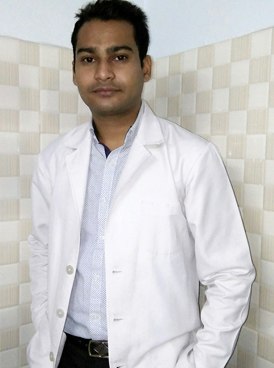
Dr. Md. Shoaib
Dental Surgeon (BDS)
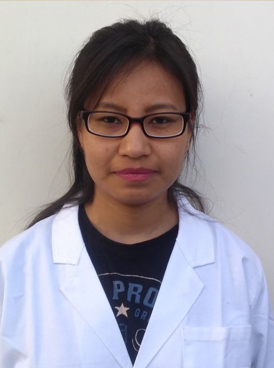
Dr. Rubiya
Dental Surgeon (BDS)
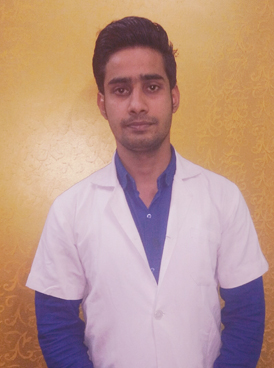
Dr. Kuldeep
Dental Surgeon (BDS)
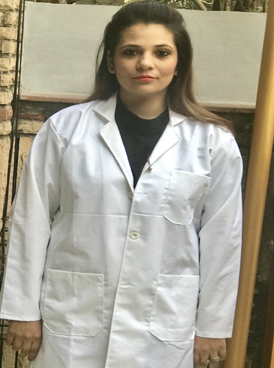
Dr. Ribhu
Dental Surgeon (BDS)
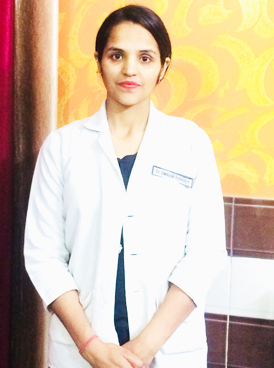
Dr. Sonam Tonger
Dental Surgeon (BDS)
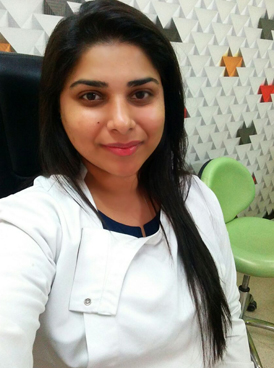
Dr. Chanderalata
Dental Surgeon (BDS)

Dr. Neha
Dental Surgeon (BDS)
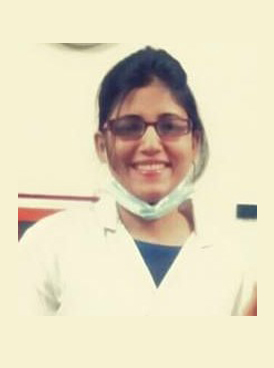
Dr. Priyanka Arora Sethi
Dental Surgeon (BDS)
